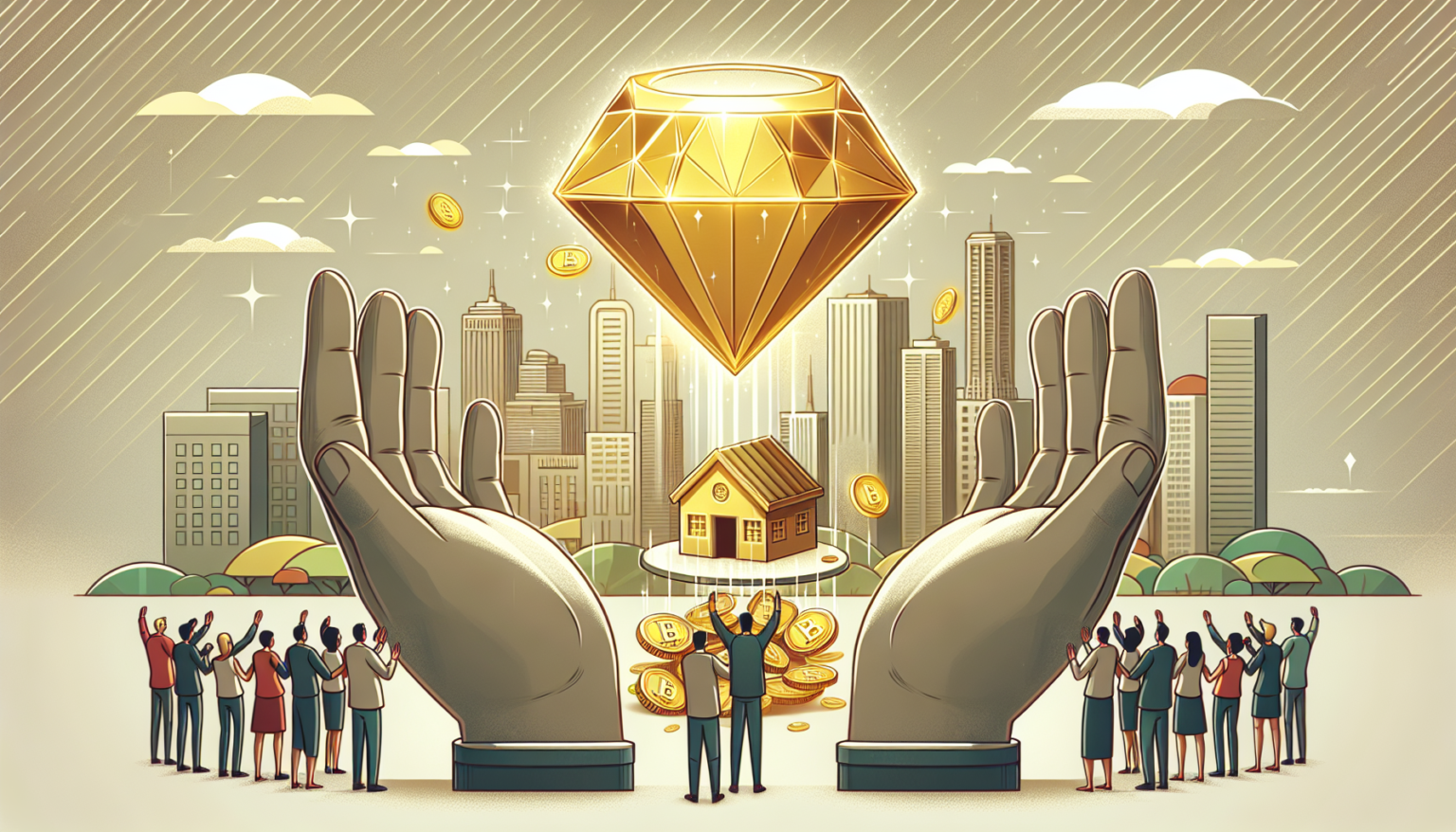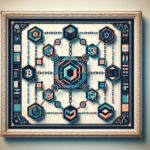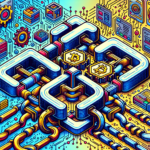Understanding RWA Tokenization
What is RWA?
Real World Assets (RWAs) refer to tangible and intangible assets that exist in the physical realm or that can be represented as a legal claim. This includes assets such as real estate, commodities, art, and even financial instruments like bonds and stocks. In essence, RWAs are things you can own, and tokenization is the process that allows these assets to be transformed into digital tokens on the blockchain.
Tokenization Defined
Tokenization involves converting something of value, typically an asset, into a digital token that is stored on a blockchain. This digital token acts as a representation of the asset, allowing for easier transfer, trade, and management. Once an RWA is tokenized, it can be bought, sold, or traded in a decentralized manner, offering significant advantages over traditional methods.
The Mechanics of RWA Tokenization
Process of Tokenization
The tokenization process generally encompasses several steps:
1. Asset Identification
The first step involves identifying an asset that is suitable for tokenization. This could be anything from real estate properties to artwork or even financial contracts.
2. Valuation
Next, the asset must undergo a thorough valuation. This is typically done by professional appraisers who establish a fair market value for the asset being tokenized.
3. Digital Representation
Once valued, the asset is converted into a digital representation. A smart contract is created on the blockchain, which details the ownership structure, the rights associated with the token, and any other relevant information.
4. Issuance of Tokens
Tokens are then issued based on the defined parameters in the smart contract. Each token represents a stake or ownership in the underlying asset.
5. Trading and Transfer
Once issued, these tokens can be traded on various digital platforms, making them easily transferable between parties, thus providing liquidity to otherwise illiquid assets.
The Role of Blockchain
Blockchain technology plays a vital role in the tokenization of RWAs. It ensures transparency, security, and immutability of asset ownership records. Each transaction involving the token is recorded on the blockchain, creating a secure, tamper-proof ledger that can be accessed by authorized parties.
Benefits of RWA Tokenization
Democratization of Access
One of the most significant advantages of RWA tokenization is its potential to democratize access to investment opportunities. Traditionally, investing in high-value assets like real estate or fine art has been reserved for wealthy individuals or institutional investors. Tokenization allows these assets to be fractionalized, meaning that multiple investors can own a share of an asset, making it accessible to a broader audience.
Reducing Barriers to Entry
Through tokenization, barriers like high minimum investment amounts are reduced or eliminated. This opens the doors for everyday investors with limited capital to participate in markets previously out of reach.
Enhanced Liquidity
Liquidity is often a challenge associated with RWAs. Physical assets require significant time and effort to transfer ownership. Tokenization allows for instantaneous transactions, significantly enhancing liquidity. Investors can buy and sell their tokenized assets quickly and easily, creating a more fluid market.
Creating Secondary Markets
With tokenized RWAs, secondary markets can be created for assets that previously lacked a market. This leads to increased price discovery and can drive better valuations over time.
Improved Security and Transparency
Tokenized assets are built on blockchain technology, which provides a secure and transparent environment for transactions. Each transaction can be traced, and the history of ownership is recorded immutably. Investors can verify the legitimacy of their holdings without relying on intermediaries, such as banks or brokers.
Reduction of Fraud Risk
The use of smart contracts further minimizes the risk of fraud, ensuring that all terms of the investment are honored and recorded accurately on the blockchain.
Challenges Facing RWA Tokenization
Regulatory Hurdles
RWA tokenization is still a relatively new concept, and regulations surrounding it are still evolving. Many jurisdictions lack clear legal frameworks regarding the issuance and trading of tokenized assets. This uncertainty can deter potential investors and hinder adoption.
Compliance Issues
Each jurisdiction may have different laws concerning securities, taxation, and ownership rights. Navigating these complexities can be challenging for projects looking to tokenize assets.
Technological Barriers
While blockchain technology offers numerous advantages, it is not without its challenges. Issues such as scalability, interoperability between different blockchain platforms, and security concerns related to smart contracts must be addressed to facilitate widespread adoption.
Public Awareness and Education
As with any new technology, public awareness and understanding are crucial. A significant portion of potential investors may not understand how tokenization works or the benefits it offers. Education and outreach efforts will be critical to foster trust and encourage participation.
Future Perspectives on RWA Tokenization
Integration with Traditional Finance
As the understanding of RWA tokenization grows, there is potential for integration with traditional financial systems. Banks, investment firms, and other financial institutions may adopt tokenization solutions to streamline asset management and provide new opportunities for their clients.
Emerging Platforms and Innovations
Several innovative platforms are already exploring the tokenization of RWAs, ranging from real estate to art. The development of user-friendly interfaces and improved technological solutions will be crucial in attracting a wider user base.
Global Reach and Impact
RWA tokenization is not limited by borders. It can create global investment opportunities, allowing individuals from different parts of the world to invest in assets they find appealing. This could foster a more interconnected global economy, offering benefits to communities and investors alike.
Inclusivity in Investment
By democratizing access to investment opportunities, RWA tokenization could empower individuals who have been historically excluded from these markets. This could lead to a more inclusive financial landscape, where anyone can participate and build wealth through investments.
Conclusion
As RWA tokenization continues to evolve, it holds the promise of transforming traditional investment landscapes. Through increased accessibility, enhanced liquidity, and improved security, RWA tokenization has the potential to create a new era of investment opportunities for everyone. While challenges remain, the continued development and adoption of this technology could pave the way for a more democratized financial future.








